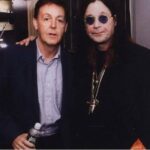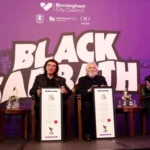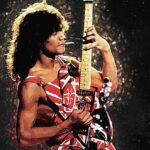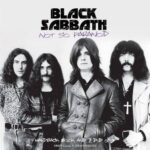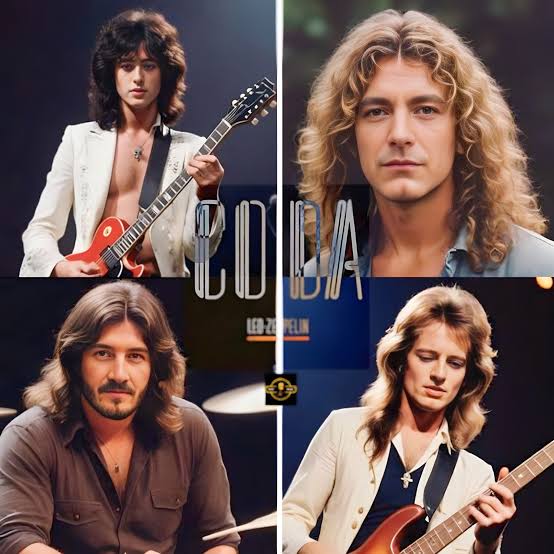Led Zeppelin were renowned for their thunderous live performances, often pushing the limits of sound and spectacle. Their concerts were defined by towering walls of Marshall amplifiers, creating an overwhelming barrage of sound that engulfed audiences. Few bands of the era could match their sheer intensity. At a time when amplification was evolving rapidly, Led Zeppelin embraced the technology fully, building their signature wall-of-sound style into an almost mythical concert experience.
One of the most legendary moments in their live history came in 1969, when they performed a blistering version of Heartbreaker that reportedly hit 130 decibels. To put that in perspective, 130 dB is roughly equivalent to standing directly behind a fully powered Boeing 747 during takeoff. That kind of noise level isn’t just loud—it’s dangerous. Exposure to sound at that intensity can cause immediate and permanent hearing damage, something many fans and even band members suffered from over time.
But that deafening volume wasn’t just for shock value. It was part of what made Led Zeppelin’s performances so immersive. Extended versions of songs like Dazed and Confused or Whole Lotta Love could stretch over 20 minutes, allowing guitarist Jimmy Page to explore wild improvisations while Robert Plant’s voice soared over the thunderous rhythm section of John Bonham and John Paul Jones. Each show became a unique sonic journey, shaped by mood, crowd energy, and raw musical chemistry.
Their commitment to power and volume left a deep legacy in rock history. Led Zeppelin set the standard for live hard rock performance—wild, loud, and larger-than-life. Their concerts weren’t just heard; they were felt. Quite literally. And fans wouldn’t have had it any other way—even if it meant ringing ears for days afterward.


